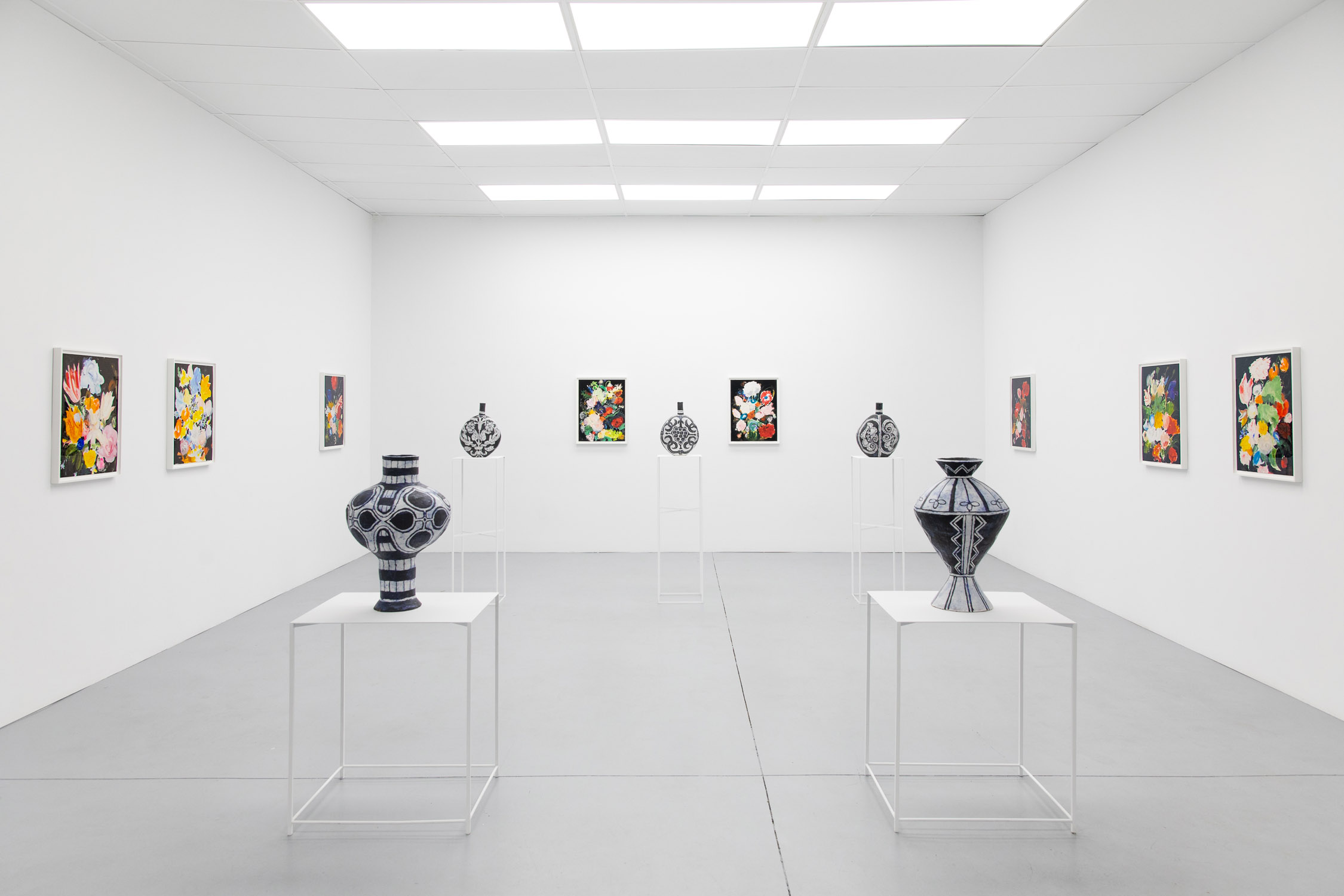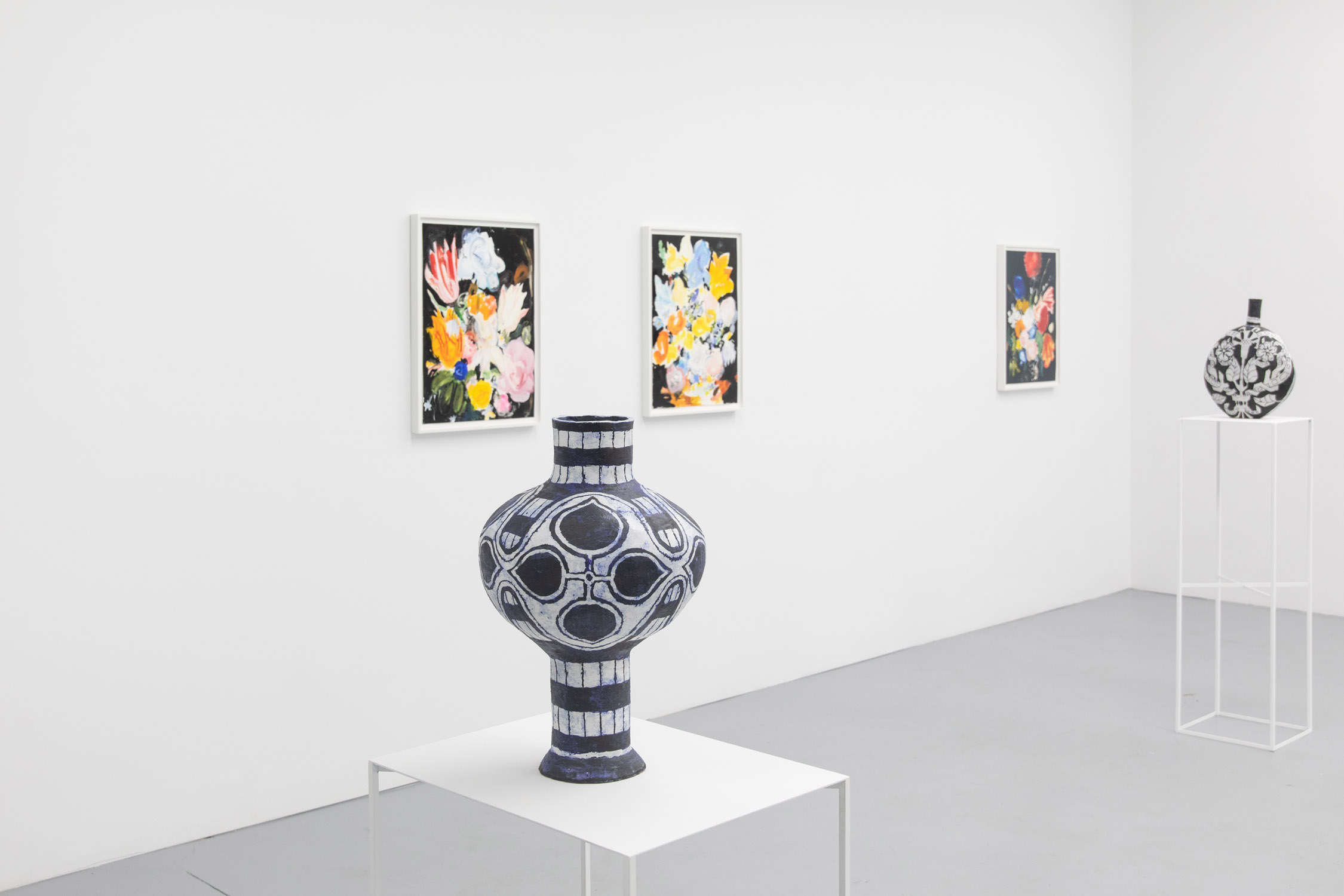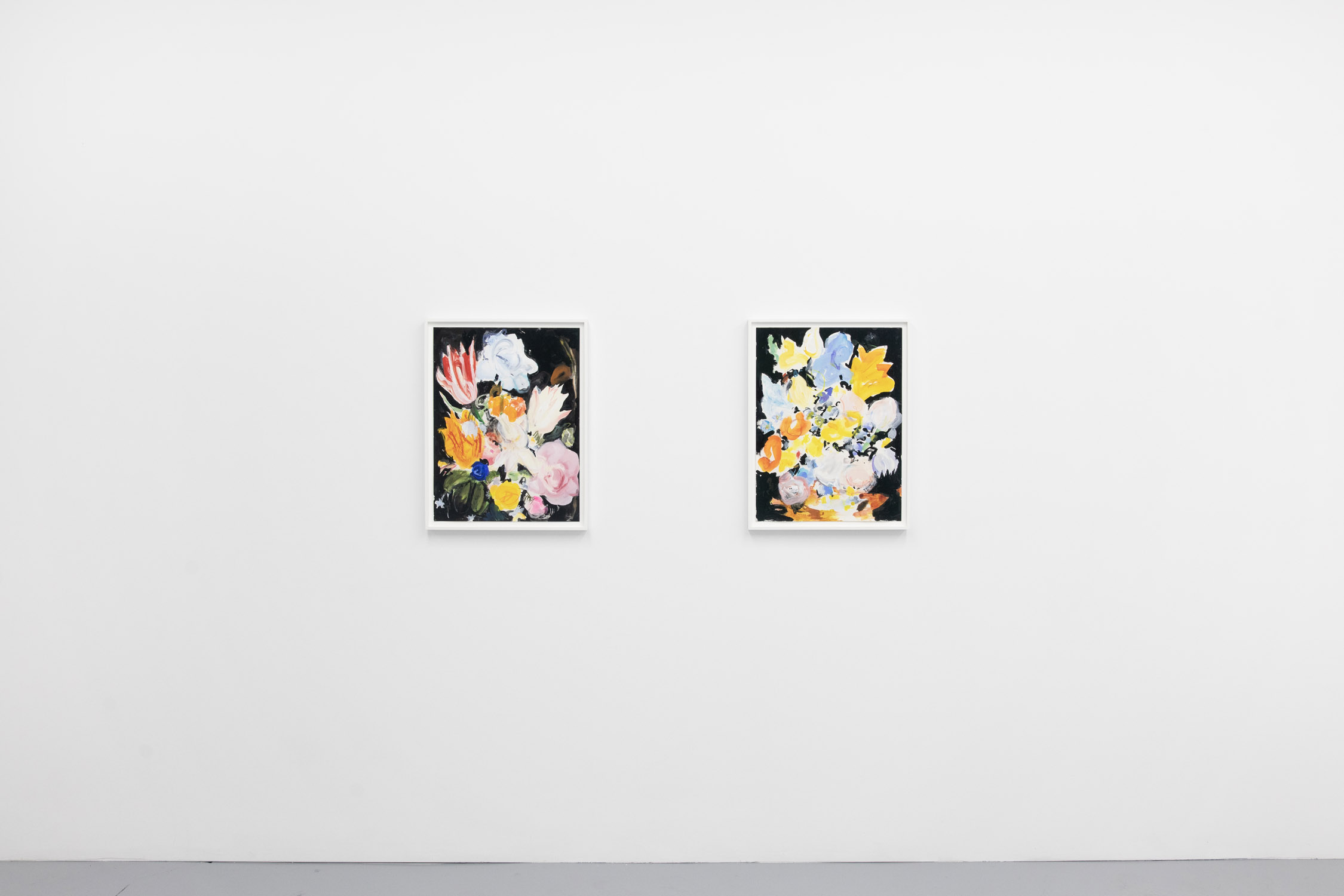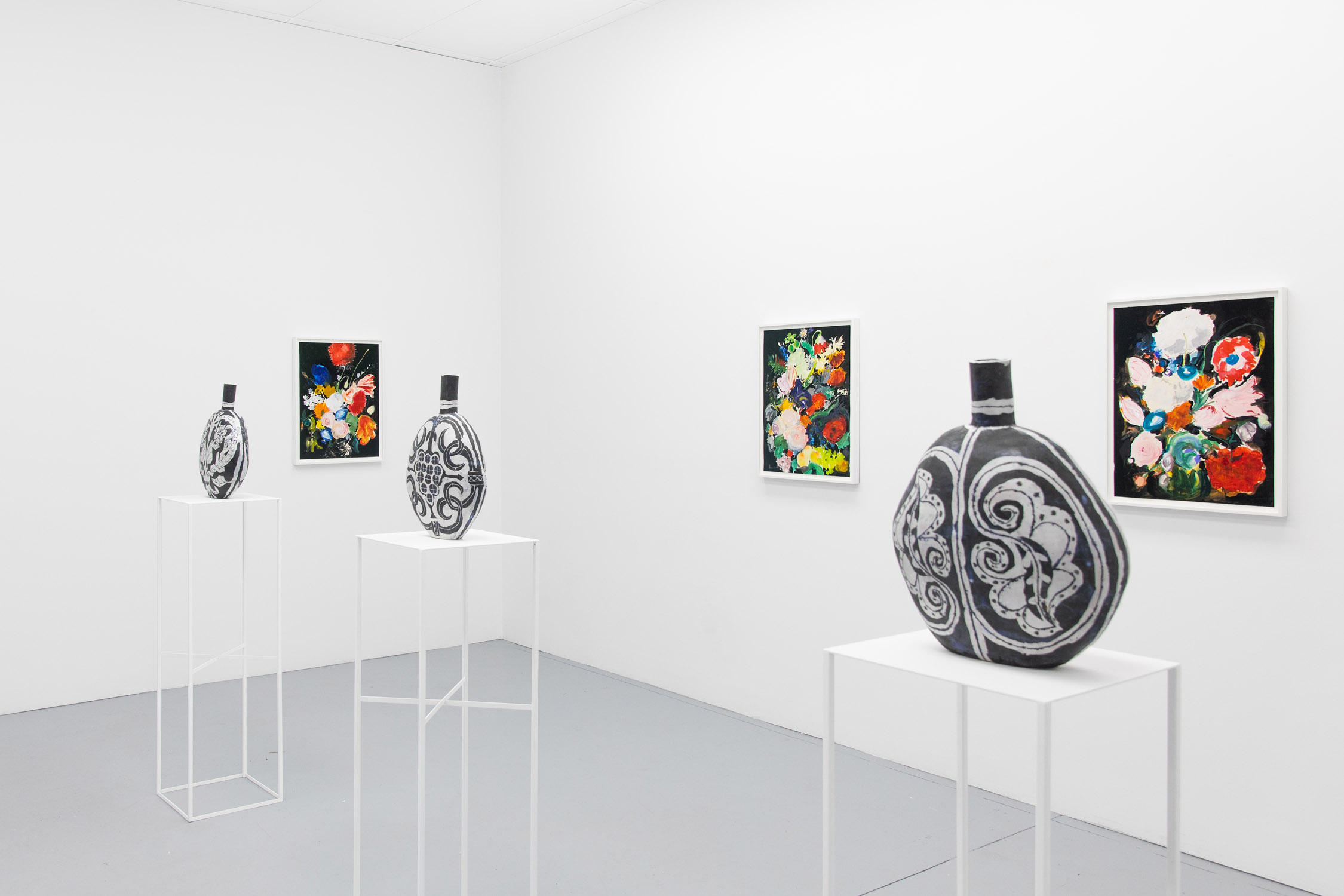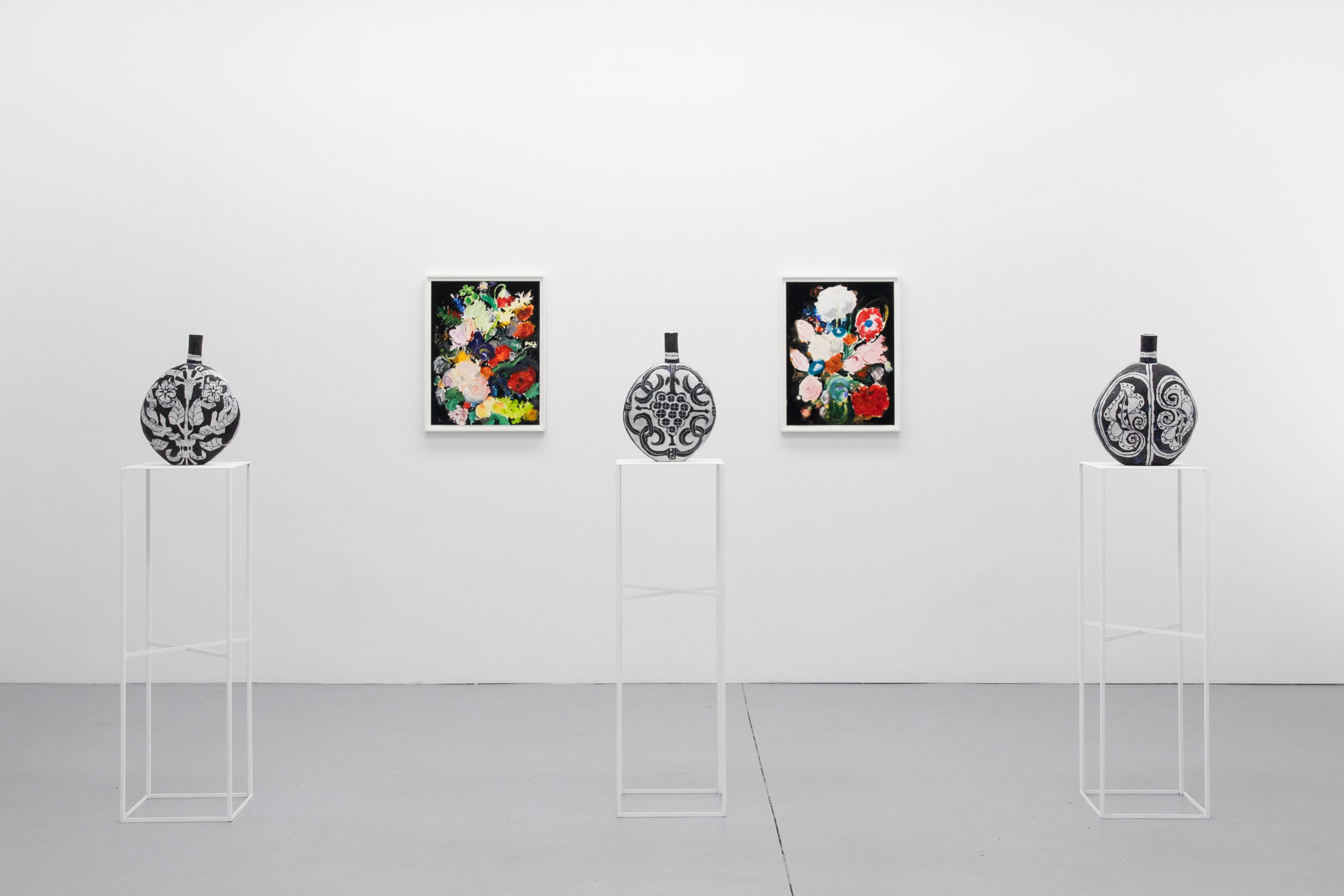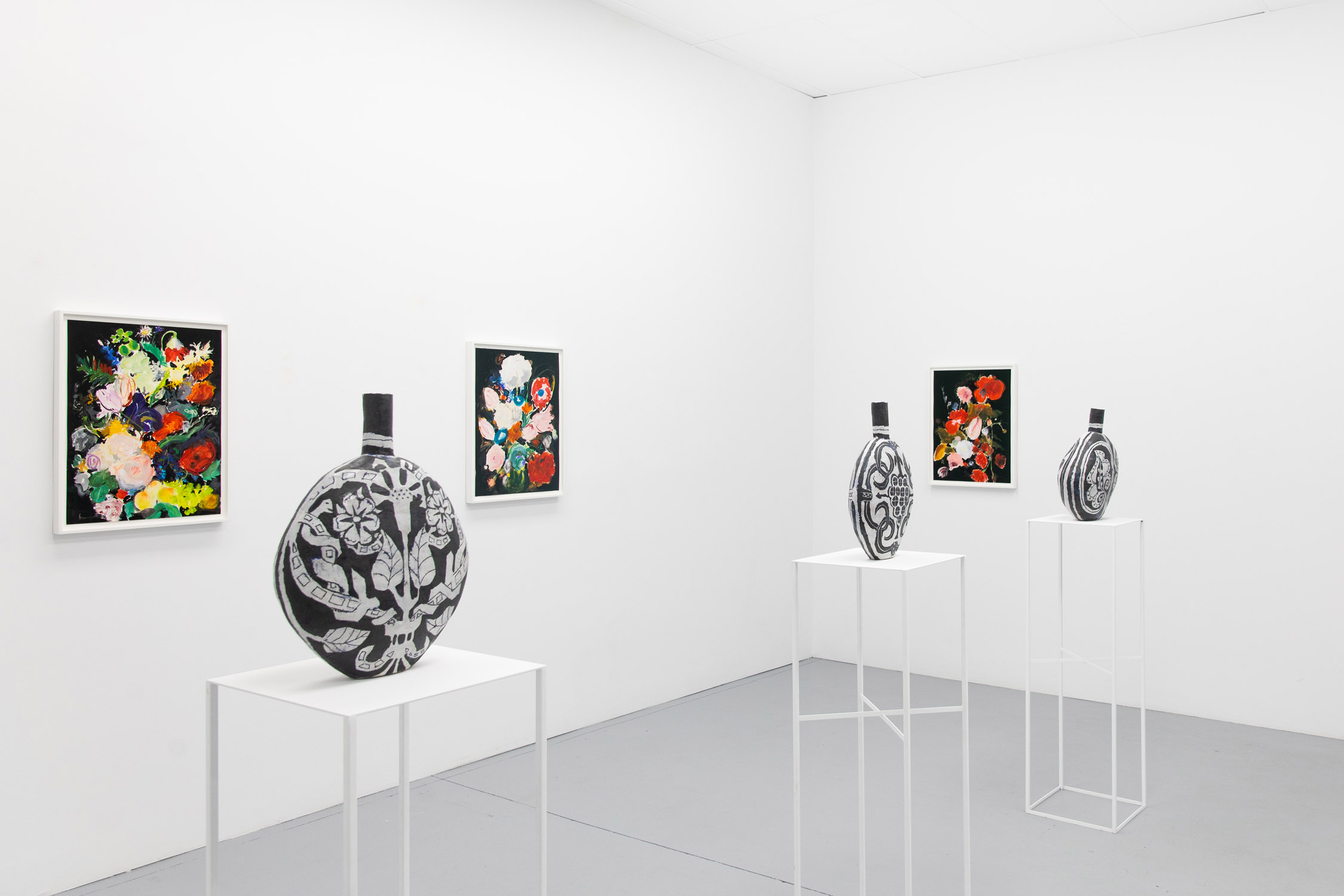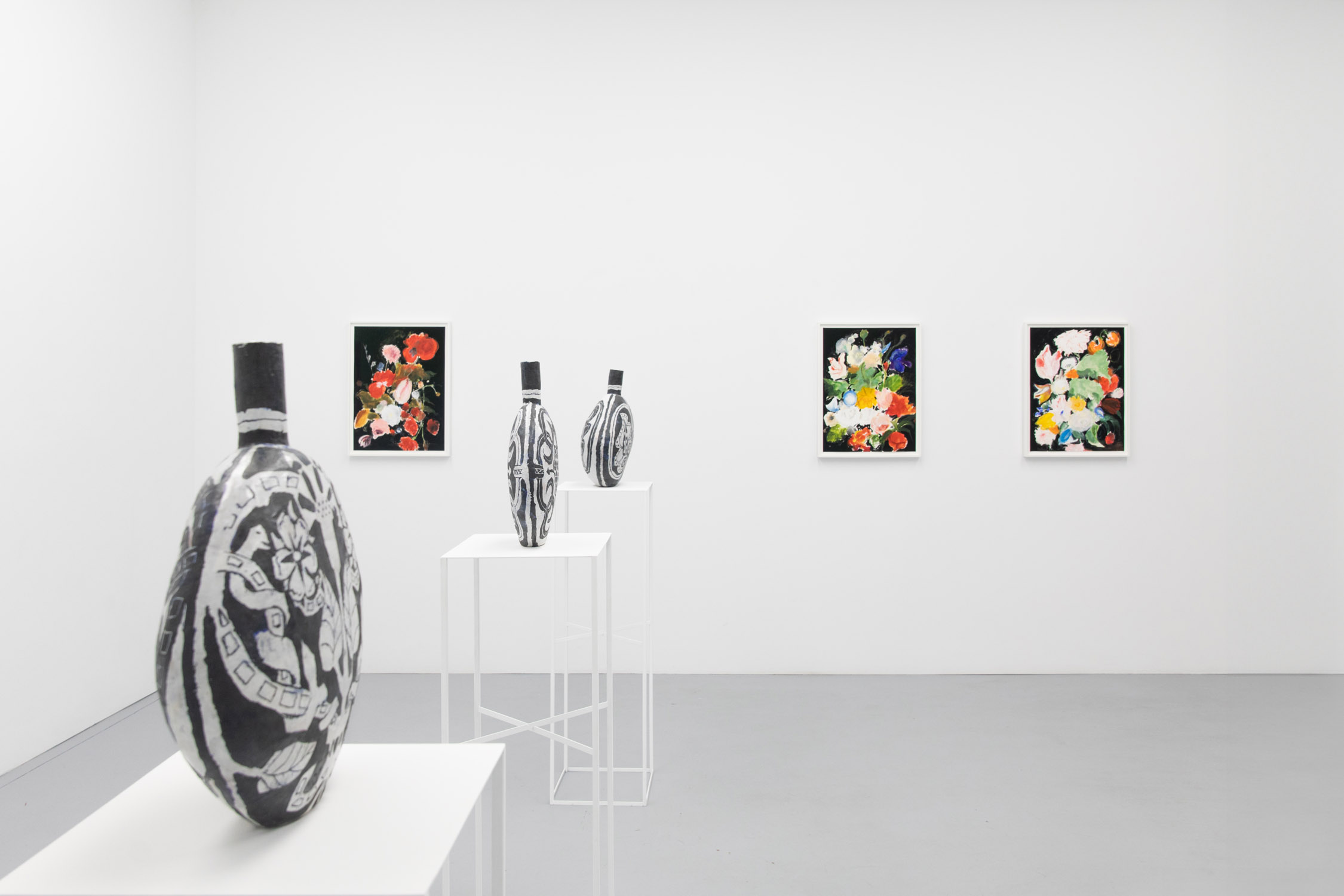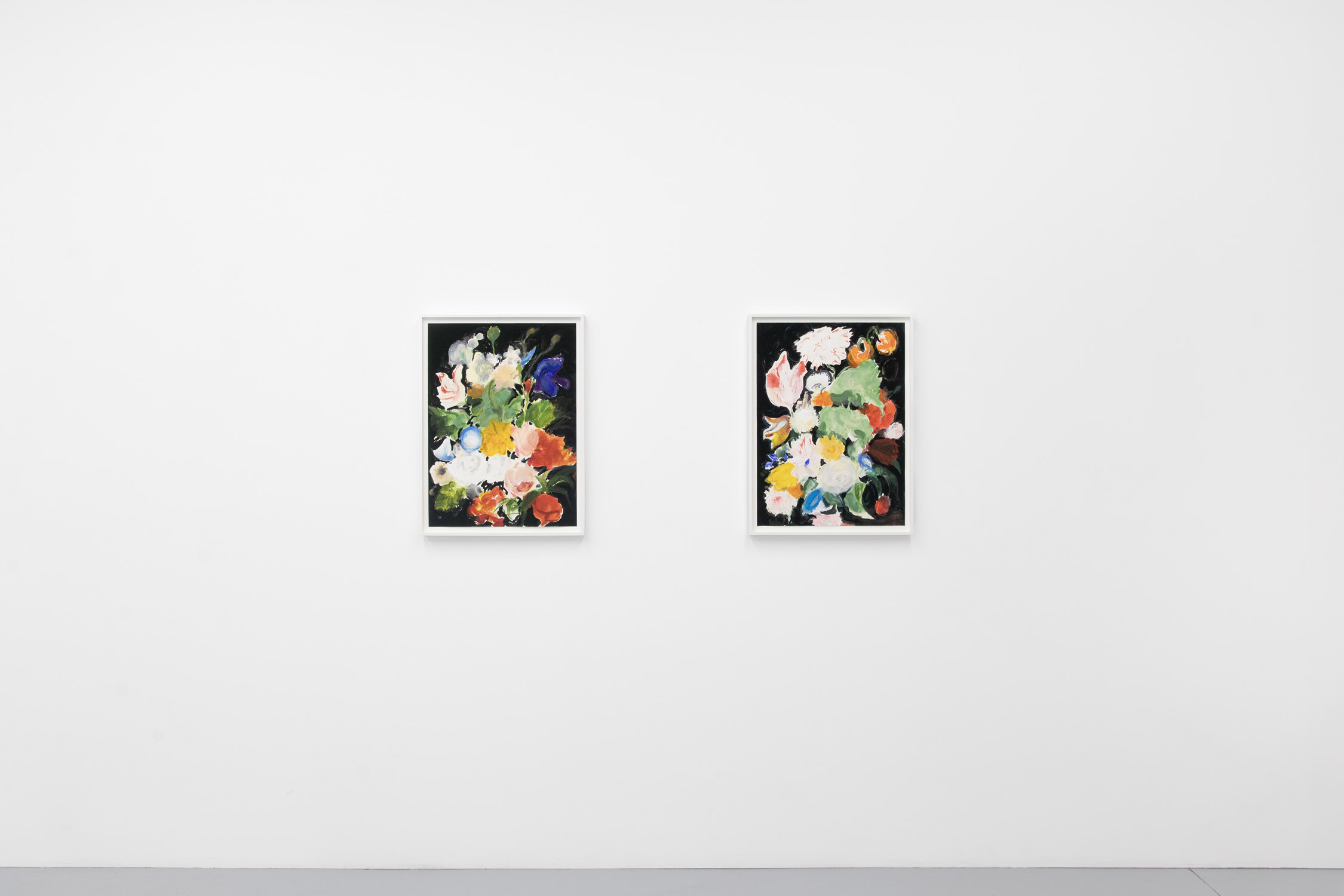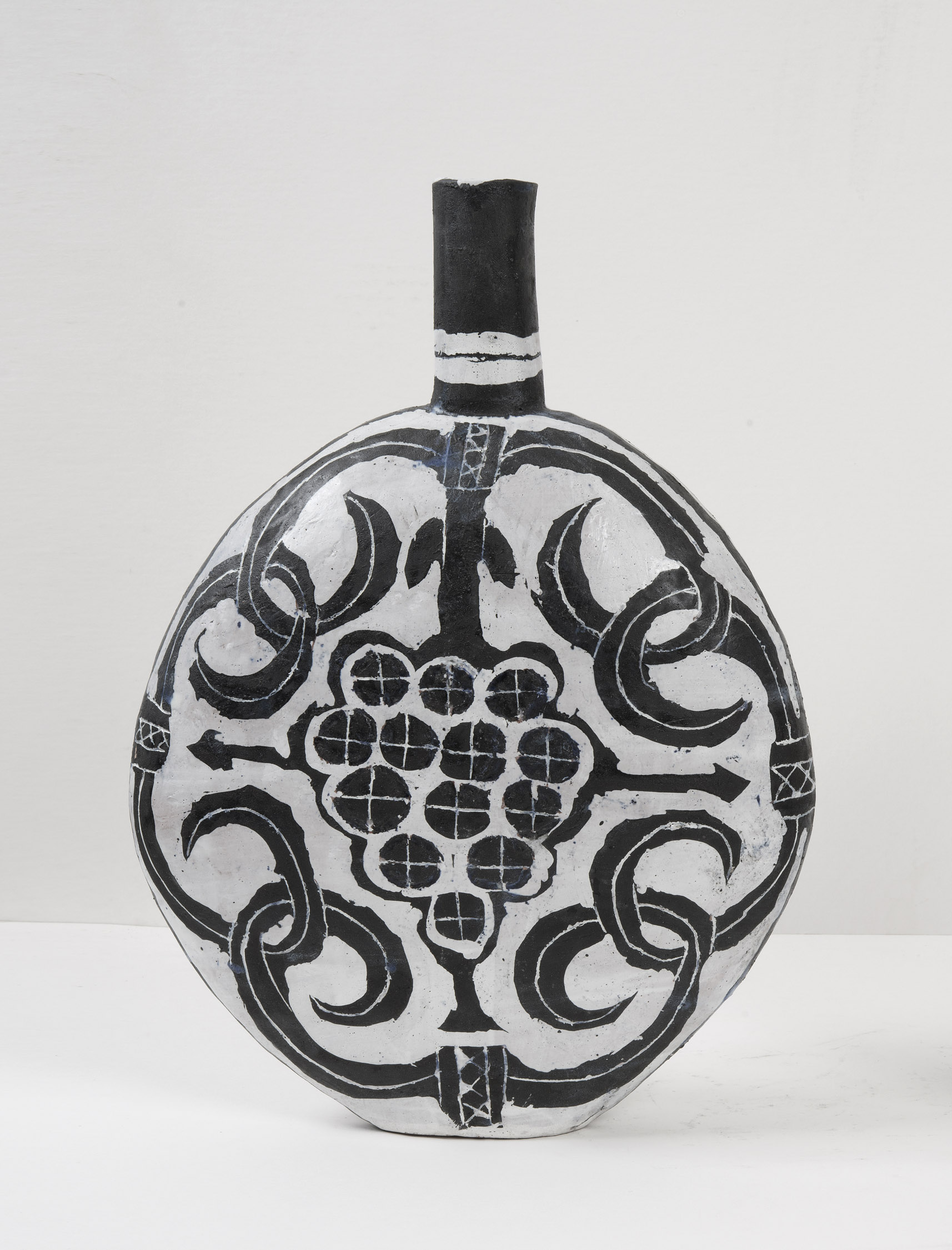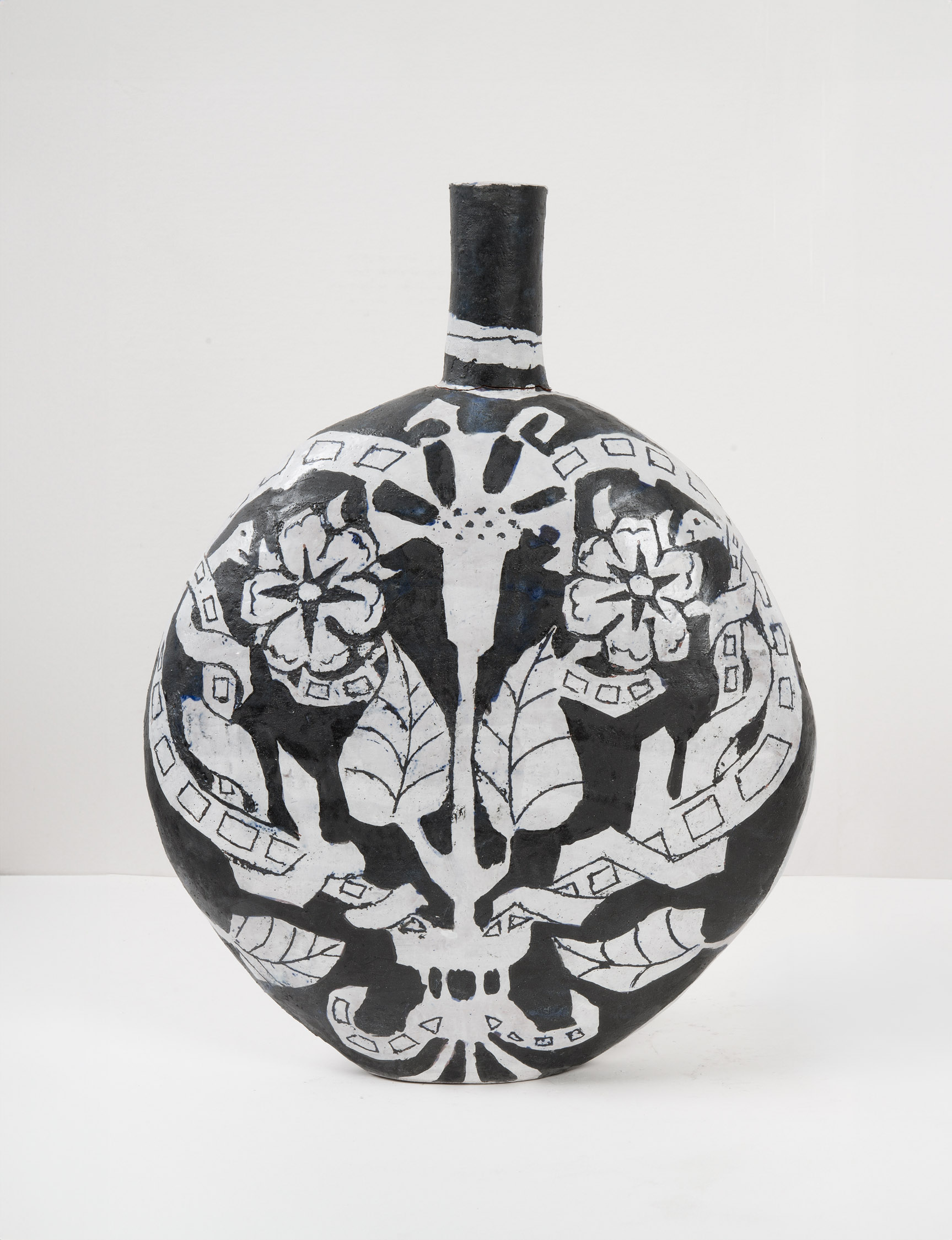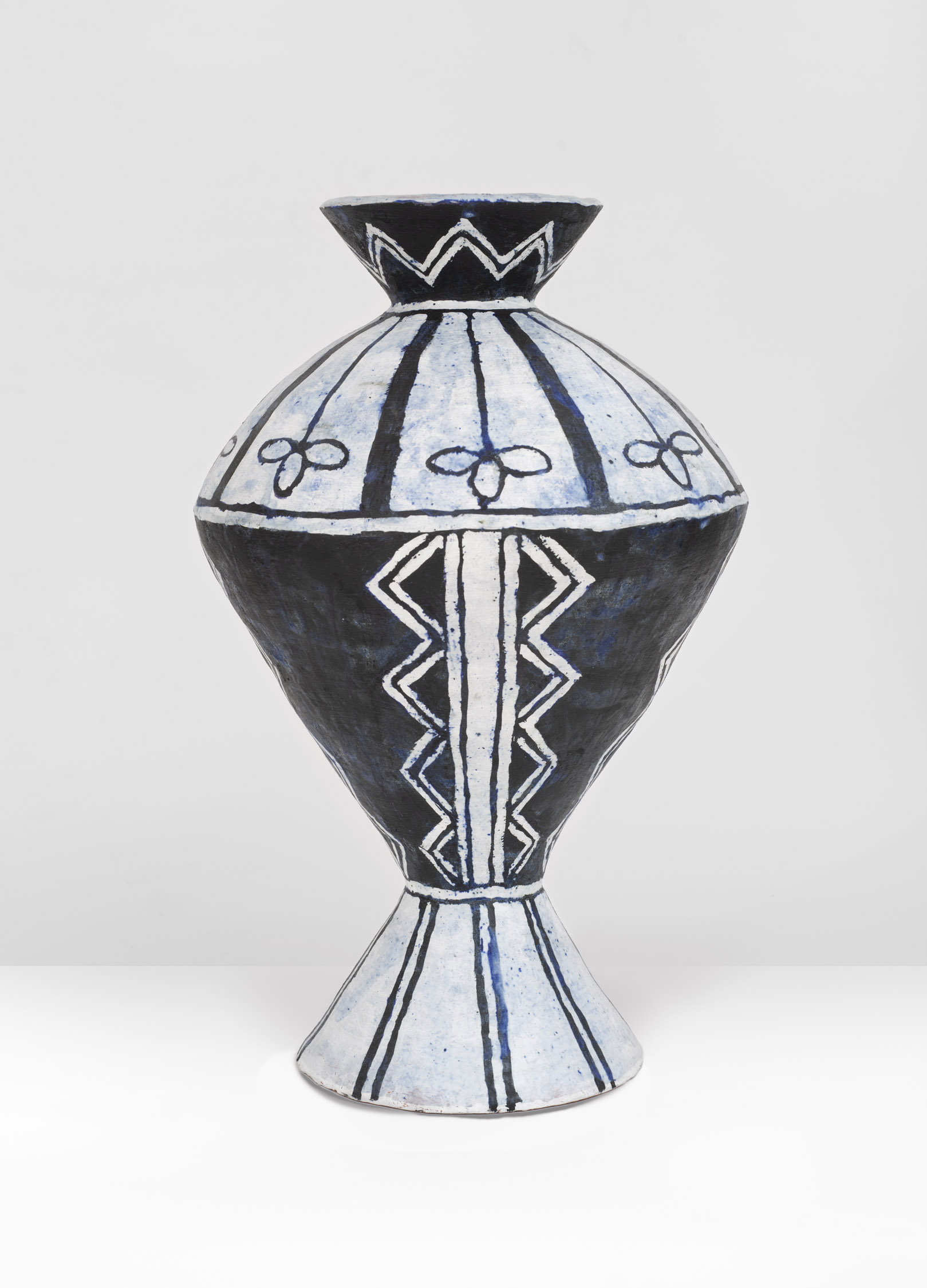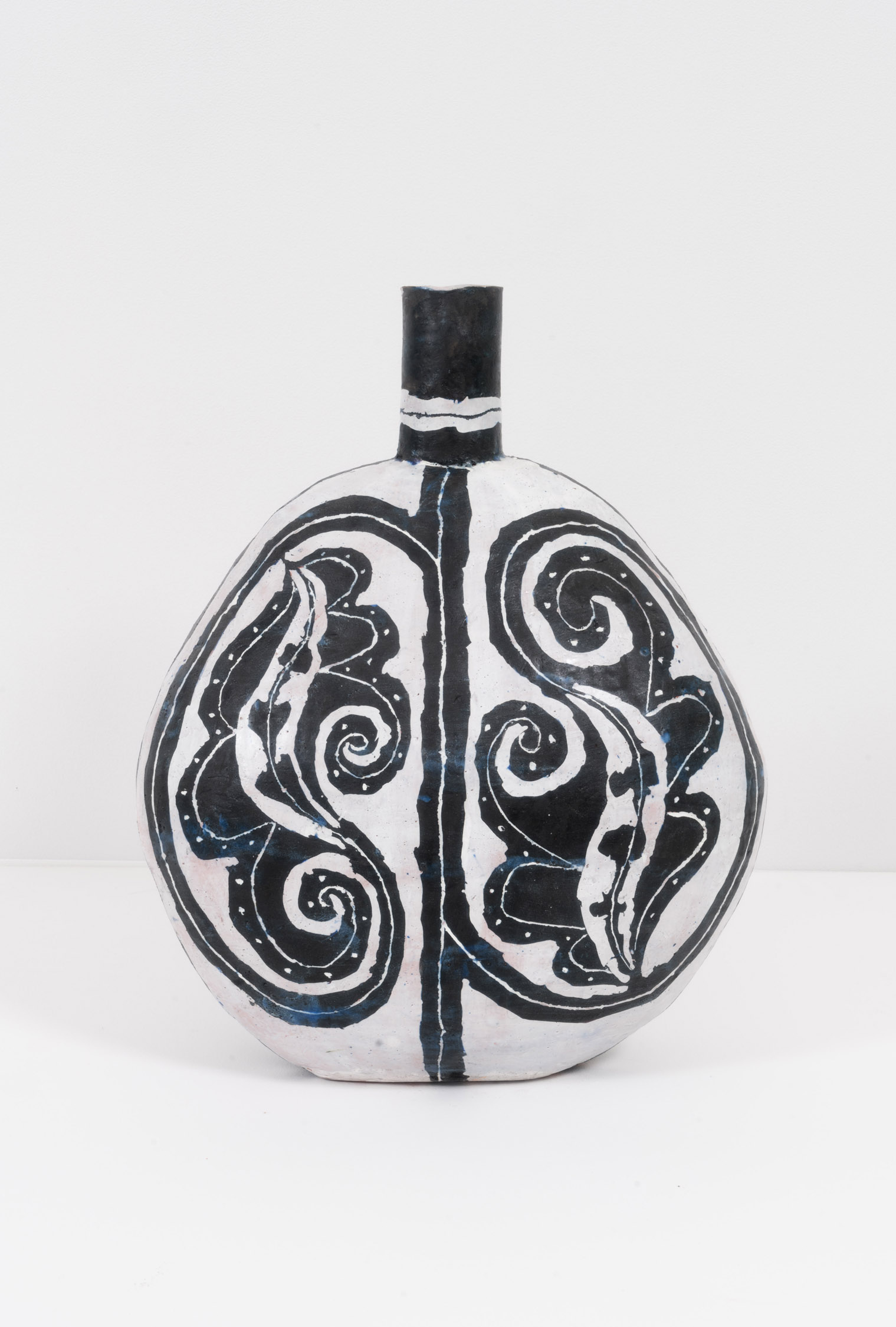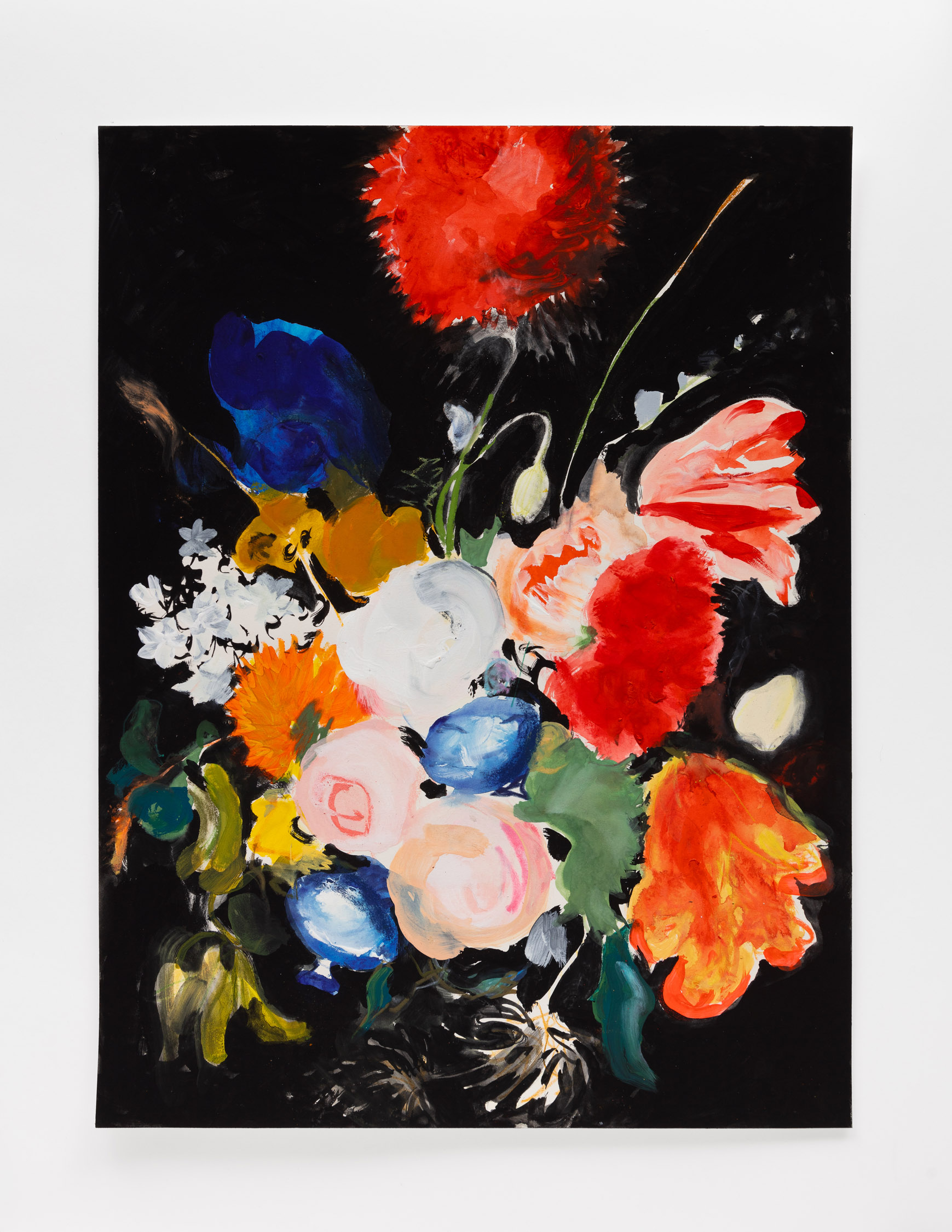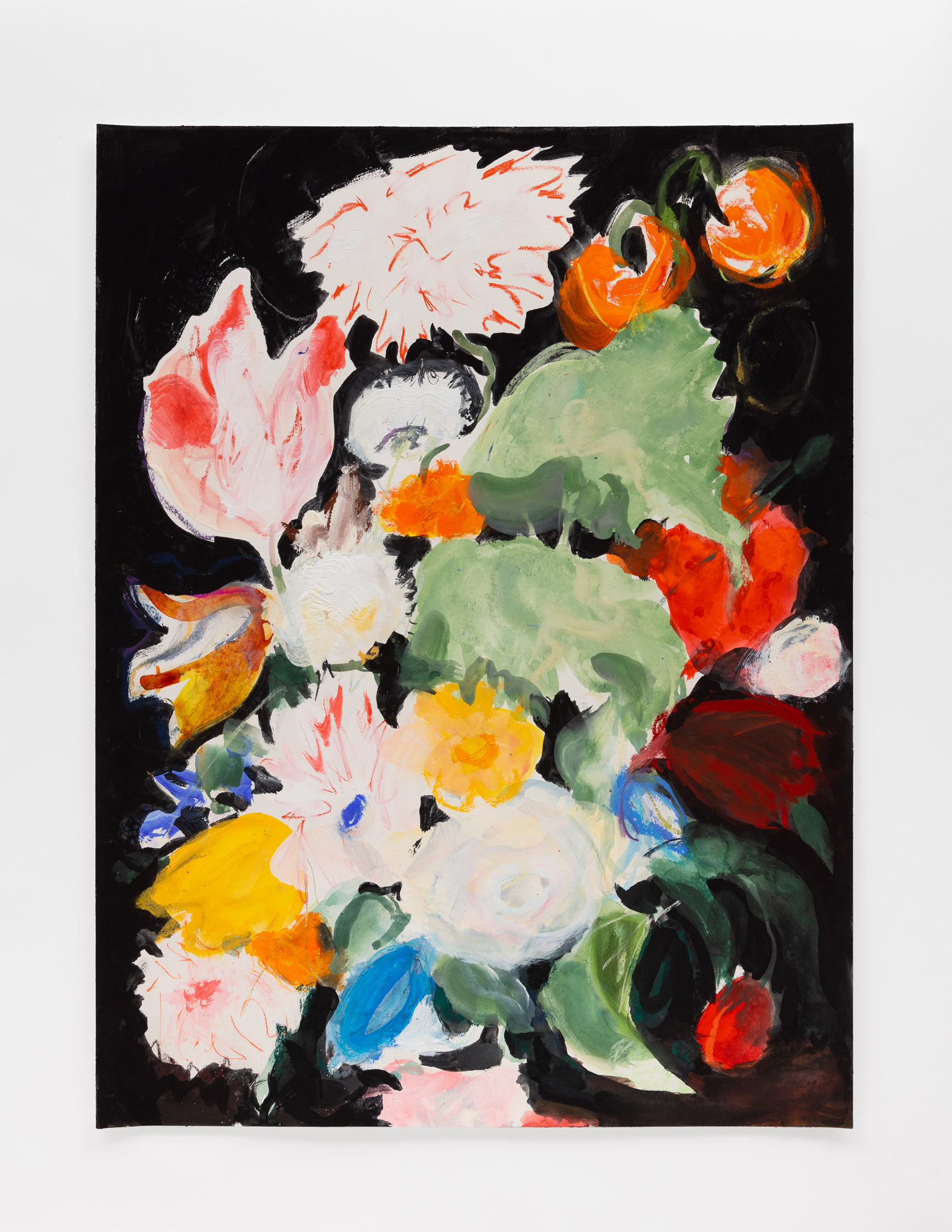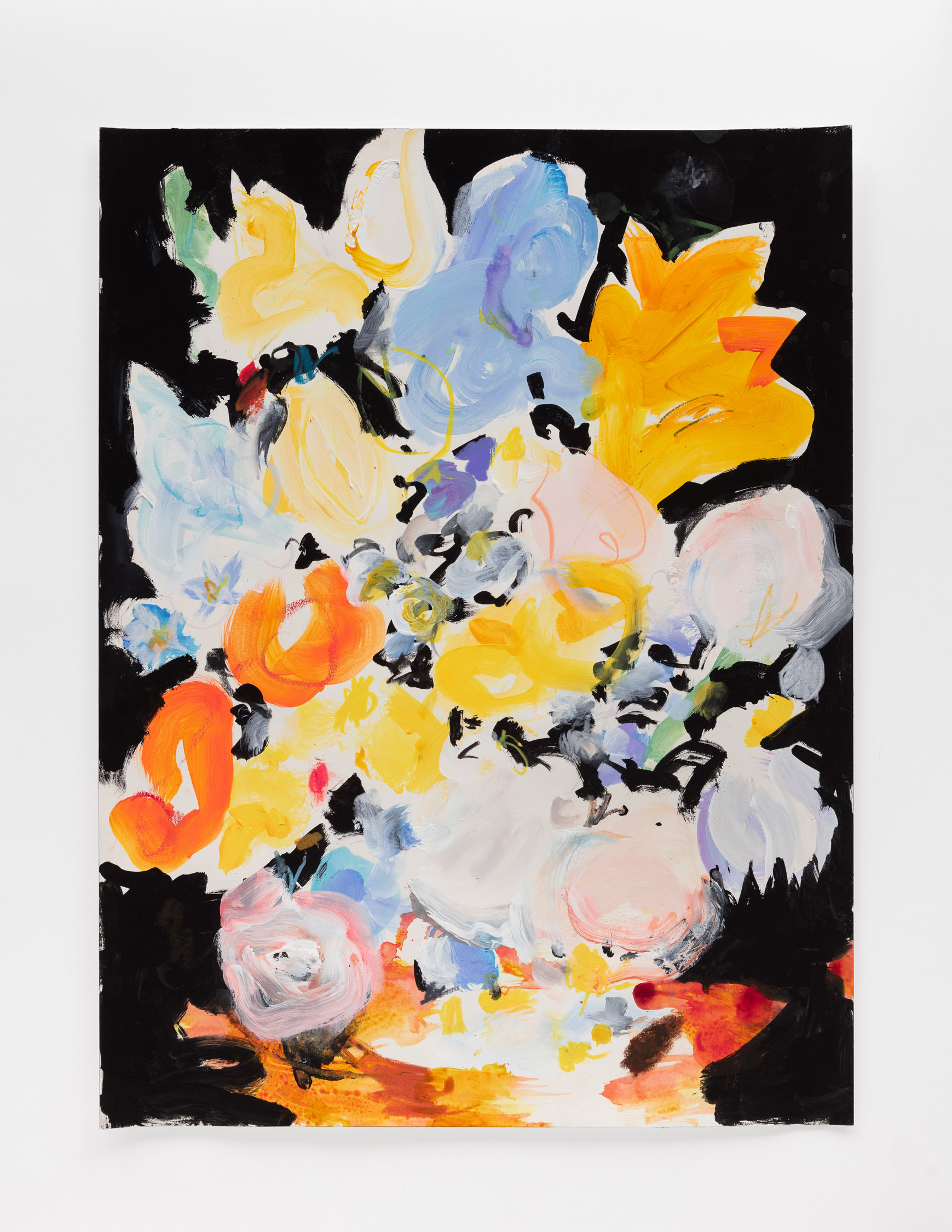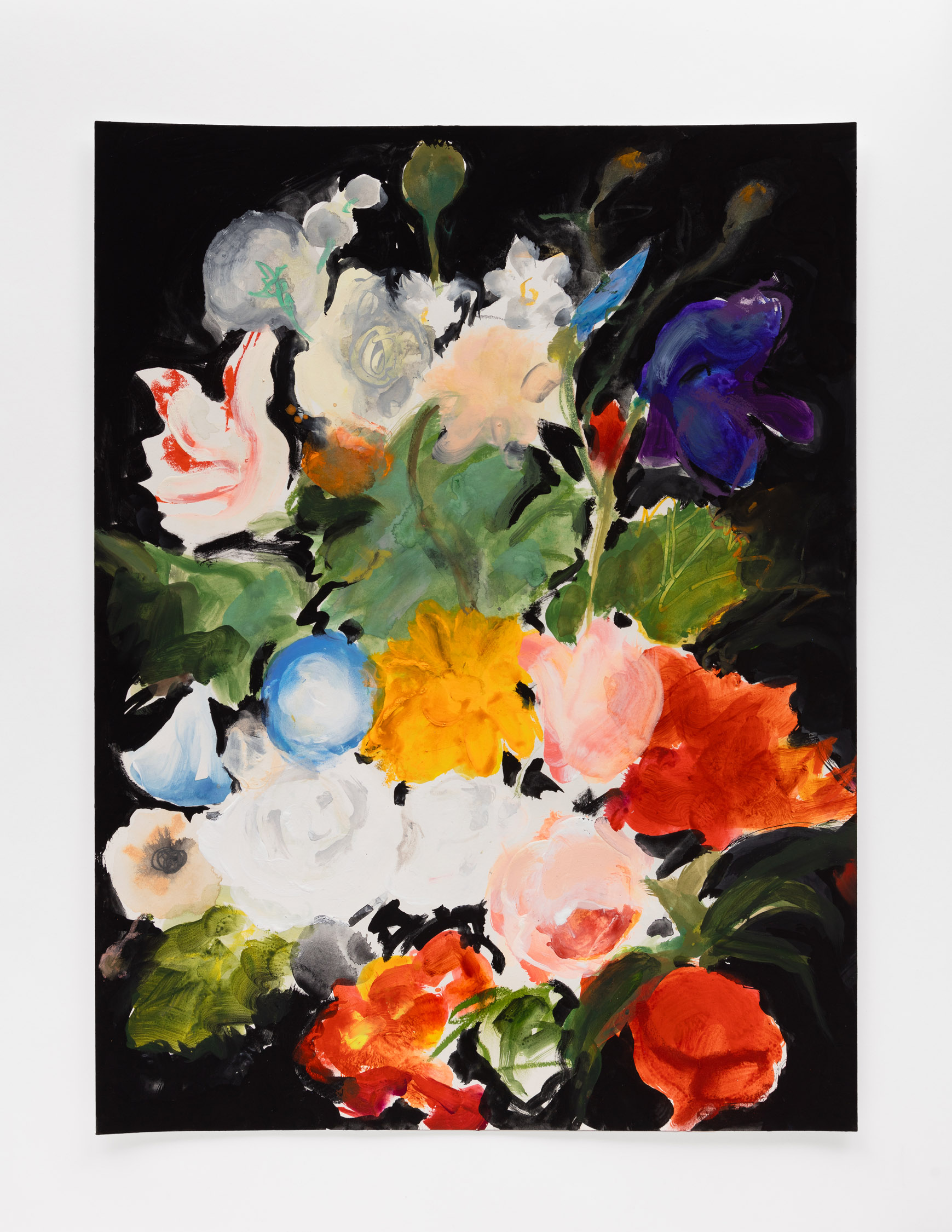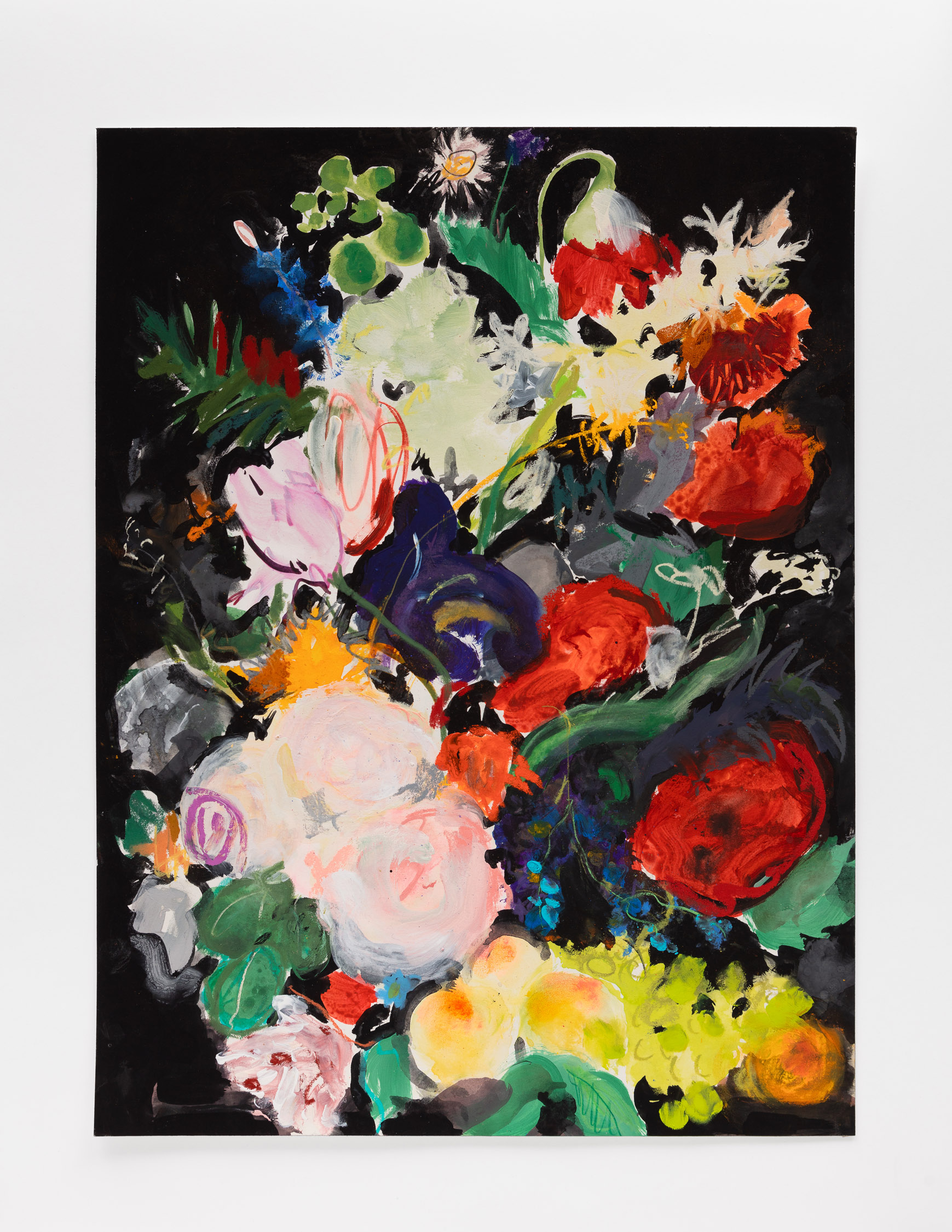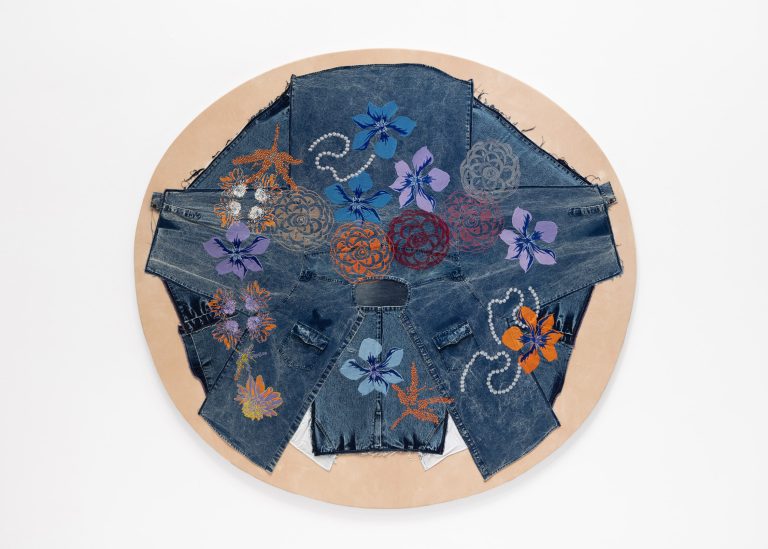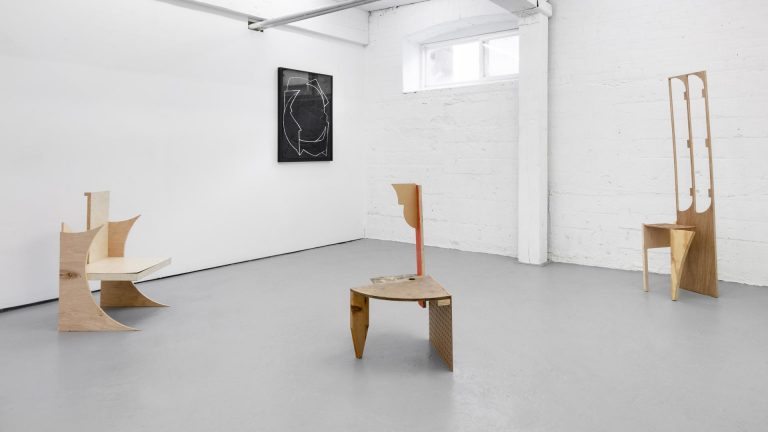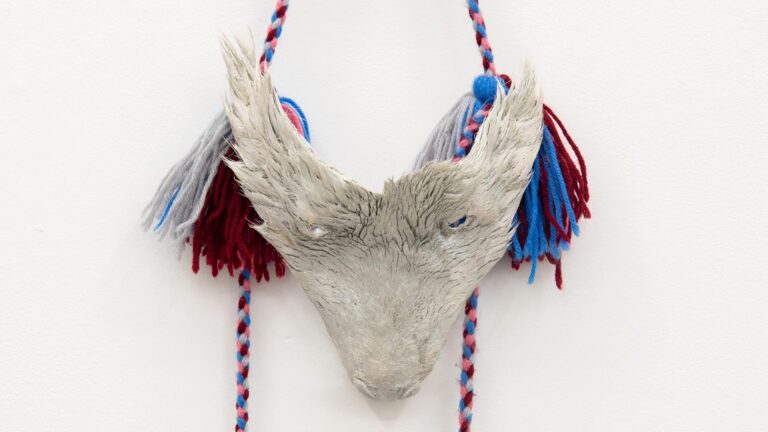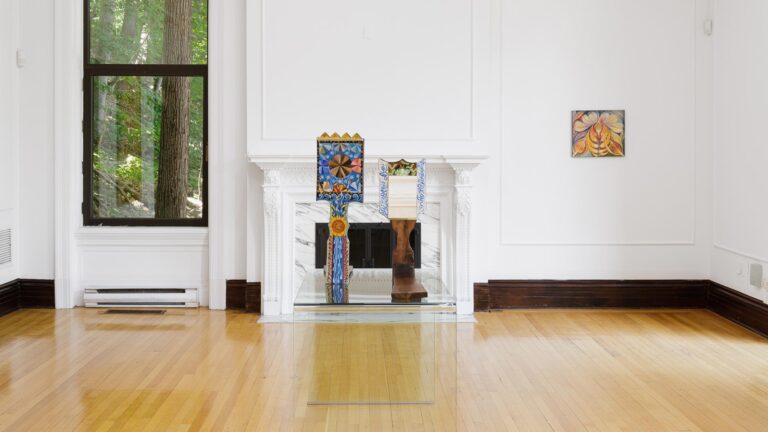Artists: Elisabeth Kley and Scott Treleaven
Exhibition title: Hello Faun
Venue: COOPER COLE, Toronto, Canada
Date: July 18 – September 7, 2024
Photography: all images copyright and courtesy of the artists and COOPER COLE, Toronto
COOPER COLE is pleased to present a two-person exhibition by New York-based artist Elisabeth Kley and Toronto-based artist, Scott Treleaven.
Friends for many years, Kley and Treleaven share a fascination for epochs and historical communities that have regarded beauty and decoration as vital components of human flourishing and social reform. The exhibition features five of Kley’s signature black and white ceramic vessels, for her first presentation in Canada, alongside a new body of works on paper by Treleaven, created in tandem with his ongoing ‘new pagan paintings’ series that premiered at the gallery in 2023.
In 1969, writer and illustrator Philippe Jullian published Esthètes et Magiciens, a crucial reexamination of the Decadents and Symbolists, written some sixty years after the peak creative fervour of the fin de siècle. Widely celebrated, Jullian’s book imagined the burgeoning youth culture of his own era could learn from an aesthetic movement that didn’t regard utopian fantasies as distractions from activism, but rather as an essential precursor. What Jullian effectively described was part of a recurring, tenuous aesthetic alliance that can be traced back to late antiquity; a sensibility that can be found in abundance throughout Kley’s and Treleaven’s work.
There is an undeniable sense of presence in Kley’s ceramics. The distinct quality of her designs is achieved through a lengthy process of fieldwork and notation, followed by a cycle of drawings and studies before their eventual transcription onto clay. Profoundly balanced yet vibrating with graphic intensity, they seem to be at once artifact and personage, as they draw from the entire history of human ornament, embellishment and decoration — as likely to emanate from the 80s New York drag scene as they are from costume designs of the Ballets Russes. In his text on Kley, artist Paul P. notes that the deceptively solid markings feel like a timeline in flux, in a single glance one sees “the piebald pants of Leon Bakst’s faun, Nijinsky…the sleek black poison of Beardsley’s elastic lines…the working-class girls of of Paul Poiret’s Ecole Martine dressed up in their own designs…” Just as easily we can locate rumination on Bacchus, Mercury, Pan, the Wiener Werkstätte or an Egyptian fragment. Dead fingers talk again. Closer examination of the works’ surface further belies their stillness as black edges bleed cobalt blue and indigo tones into milky whites.
Treleaven’s vivid paintings on paper are imbued with a similarly uncanny aura. Revisiting the Northern Renaissance vanitas with efflorescent brushwork and a mix of gouache, acrylic and pastel, the natural elements feel freed from their moorings. The pictures seem set into wild motion, like an array of luminous miniature volcanoes. An advocate for ecstatic over purely academic traditions, Treleaven has always sought genealogies of mark-making that fall outside of mainstream art discourse. The floral motifs that recur throughout his practice invoke unruly, entropic forces, as do his distinctively erratic, abstracted lines. An abiding interest in experimental writing, underground zines and pop occultism points us somewhere beyond abstract expressionism, towards gestures more deeply rooted in the “automatic” writing and drawing proffered by spirit mediums, and queer avant-gardists like Brion Gysin, Austin Osman Spare or Jean Cocteau (a touchstone shared with Kley). Treleaven’s paintings seem on the verge of materializing or vanishing, like a new message being received or an old one effaced by an explosion of colour. While the palette conjures fauvist comparisons, it is as likely to stem from a Beat or psychedelic impulse. Writer Derek McCormack captured the spirit of Treleaven’s florals when he described them as witnessing a Joe Brainard painting ravishing a Charles Burchfield.
The undeniably pleasurable and voluptuous aspects in Kley’s and Treleaven’s work imply that study of natural forms can both revitalize and lead us towards rewarding contemplations of waywardness and transformation. What unites the two artists above all is a joy in close inspection, in tender examination of traces left by another’s hand —an exhortation to look, and look again. In this exhibition the garden and temple are present and interchangeable, the mark-making rooting us firmly in the present.
Elisabeth Kley ((b. 1956, New York, NY) is best known for her black and white ceramic sculptures, vessels, drawings, and site-specific paintings inspired by modernist theatre sets and costume designs. Her ceramics, paintings, and works on paper borrow geometric and plant motifs from a wide range of sources, including Wiener Werkstätte, Sergei Diaghilev’s Ballet Russe, and ancient Egyptian designs.
She has participated in numerous national and international exhibitions including Currier Museum of Art, Manchester; White Columns; CANADA, New York; Cooper Cole, Toronto; Bemis Center for Contemporary Arts, Omaha; The Fabric Workshop and Museum; Rosenwald-Wolf Gallery, University of the Arts, Philadelphia; Hughes Memorial Library, Cornwall; Pierre Marie Giraud, Brussels; John Tevis Gallery, Paris; The Georgian National Museum Dimitry Shevarnadze National Gallery, Tbilisi; among others. Kley currently lives and works in New York, USA.
Scott Treleaven (b. 1972, Canada) first came to attention in the late 90s via a series of experimental films and underground zines. A constantly shifting approach to creation has become the defining aspect of a practice that has, over the past two decades, encompassed abstract drawing and painting, sculpture, photography and collage. Rather than adhere to mediums, tenets or genres, Treleaven’s work hinges on uncertainty, transformation and multiplicity as it seeks to describe and evolve an alternate (and ontologically queer) history of art making; one that originates as part of a transcendental, rather than purely formal, tradition.
Solo exhibitions include: Cooper Cole, Toronto; Invisible-Exports, New York; The Suburban, Milwaukee; The Breeder, Athens; and John Connelly Presents, New York. Group exhibitions include: Vancouver Art Gallery; Unit 17, Vancouver; Brooklyn Museum; 80WSE; Soft Network, New York; DOX Centre for Contemporary Art, Prague; XYZ Collective, Tokyo; MOCA Tucson; Contemporary Arts Museum Houston; ICA Philadelphia; Palais de Tokyo, Paris; ICA London; Galleria d’Arte Contemporanea di Monfalcone, Italy; and Artists Space, New York. Treleaven’s publications are included in historical overviews such as Copy Machine Manifesto (Phaidon/ Brooklyn Museum 2023); Showboat: Punk, Sex, Bodies (Dashwood 2016); The Magazine – Documents of Contemporary Art Series (MIT Press 2015); and In Numbers: Serial Publications by Artists Since 1955 (JRP|Ringier 2009). Treleaven currently lives and works in Toronto, Canada.
Scott Treleaven would like to acknowledge the kind support of the Canada Council for the Arts.
